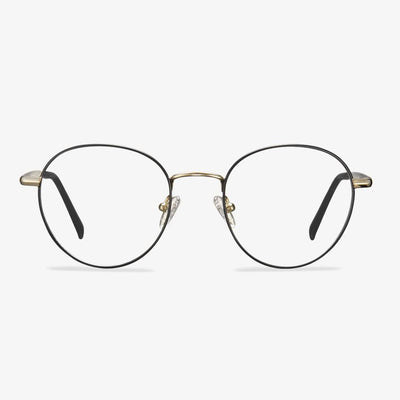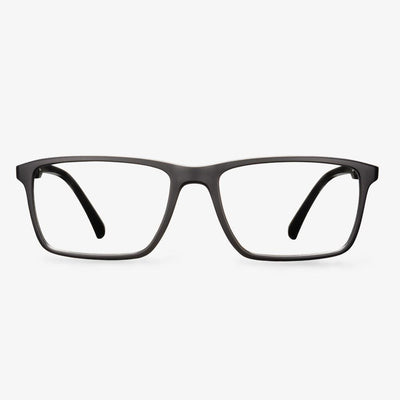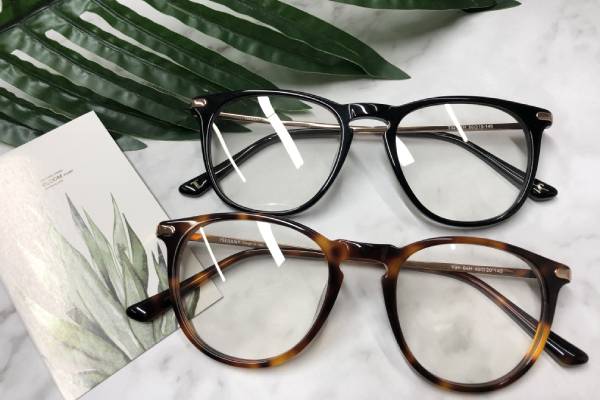What Is an Aspherical Lens?
An aspheric lens is a lens whose surface profiles are not portions of a sphere or cylinder. In photography, a lens assembly that includes an aspheric element is often called an aspherical lens.
The aspheric lens’s more complex surface profile can reduce or eliminate spherical aberration and also reduce other optical aberrations such as astigmatism, compared to a simple lens. A single aspheric lens can often replace a much more complex multi-lens system. The resulting device is smaller and lighter and sometimes cheaper than the multi-lens design.
Aspheric lenses are flatter than traditional lenses, but they still offer the same vision-enhancing benefits. They have a more attractive profile because there is less curvature. In addition, aspherical lenses have a more complex front surface with a gradual curve so that they can perform better by improving the way light refracts onto the retina.
Besides, most aspherical lenses are high-index, which, when combined with the aspheric design, offers a slimmer and lighter option for people who wear glasses so as to improve the look and feel.
Why should children be more vigilant about harmful blue lights?
The amount of light transmitted to the retina through media such as the cornea, lens, and vitreous is age-related. Blue light poses the greatest risk and damage to the eyes during adolescence. As our eyes' refractive media naturally yellows, more blue light is absorbed, preventing it from reaching the retina. The lens transmittance of children under the age of 10 is more than six times higher than that of adults. It is important to prevent the damage of blue light to children's visual health.
What are the benefits of keyhole glasses?
These 1950s classic keyhole bridge glasses are suitable for average larger surfaces where wider bridge joints are needed. A wide bridge of the nose will allow the upper margin to run along or below the eyebrow, which will shorten the long face while keeping it close to the face. The design prevents the top of the bridge of the nose from touching the top of the nose, which can be considered uncomfortable and leave marks on contact with the skin. Especially if the frames are dark. The keyhole bridge can be used to adjust the nose shape if necessary.
Should face shape be considered when wearing rimless glasses?
In our life, we will see a lot of people who wear rimless glasses. Compared with full-frame glasses, there is no restriction on face shape and it suits most face shapes. Whether you have a square face, a long face, or a round face, wearing rimless glasses is trendy and beautiful, very popular among contemporary young businessmen and women. Rimless glasses are very easy to wear. No matter what shape your face is, it will feel stylish and beautiful. Rimless glasses are very simple on collocation dresses. And rimless glasses suit most face shapes, so they are suitable for many people.
HINDAR blue light blocking glasses
With advanced equipment, system production, and strict management, they adopt German technology and PARUPU lens geometric structure owned by HINDAR OPTICE LAB, which can effectively block various kinds of blue light, ultraviolet light, and other different wavelengths, to protect the health of eyes. Since its inception, Hindar has enjoyed a lot of popularity, and while it has achieved some good results, it has not slowed down and is still striving to become the top brand in the industry.
The principle of the anti-fog lens
Ordinary lens materials and water are wet, so water vapor is easy to fog up on the top. If this wetting relationship can be broken, the water vapor can be prevented from fogging up on the surface of the lens. The anti-fogging film is a kind of film which can prevent or avoid water mist agglutination effectively. It is divided into organic film and inorganic film. The inorganic film is mostly used for building, car window glass fogging prevention. For lens anti-fogging, the organic film is more used. The method is to wipe, spray (with an anti-fogging agent, and so on).
Frame Selection of Progressive Sunglasses
Choose a proper frame range. Only if the frame is not very large and beveled, the frame can be very flat. Because the distance from the glazed to the optical center of a progressive multi-focus lens is 19-17 mm, and the distance between the edges of the frame will be no less than 28 mm if the area inside the lens can be used at close range while maintaining the far sighting field.










































